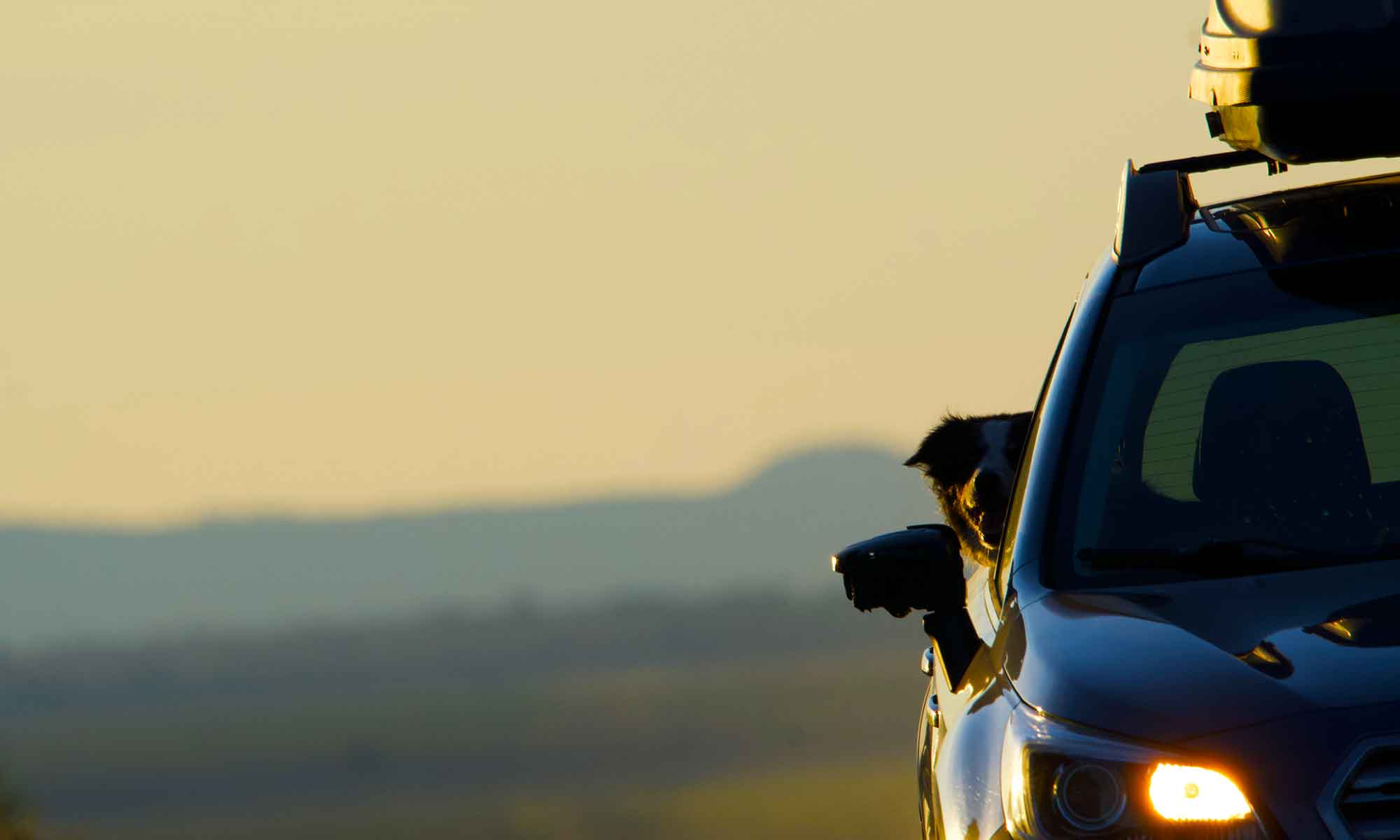
This week we marked the first day of spring. The earth has started it’s annual tilt toward our galaxy’s brightest star, making the light part of our day slowly get longer.
The seasonal shift also means there will be increased activity at Summer Lake Wildlife Refuge. That is where we headed on the first of what will be a couple of spring drives to this excellent birding spot.

Over the course of a few months the population at Summer Lake ebbs and flows. various groups of migratory flocks move in, stay a few days, then move on. From late March to May. northern movement is at its peak.


Early in the morning you can find a wide variety of birds resting up for their next journey. By midday the migration starts. Conversely, at the end of the day you catch new arrivals settling in.

There was enough wind to push clouds of mosquitoes out of our way. A light cloud cover allowed the sun to warm the day to shirtsleeve weather. Perfect conditions for a birding expedition.

It’s still early in the season, but Red-winged Blackkbirds have started staking claim to patches of reeds and cat tails along the canals. Trumpeter Swan numbers have grown since January.
We also caught sight of a pair of Sand Hill Cranes and watched flocks of Red-billed Gulls perform aerial acrobatics in the sky overhead.
There are still a large variety of ducks paddling and diving in the ponds. Though this close to the end of hunting season means they’re still rather skittish.
There are a couple of camp sites where you can scan groves of willow and poplar trees for a variety of small birds. This trip we didn’t take the time to do much of that type of counting. Did catch sight of some flickers and followed the flight of some raptors. By the time we headed home we’d noted a couple dozen different bird species.
































 The lack of any wind and the sun made for a comfortable day of walking the wildlife refuge’s paths. It’s still a few months before the migration brings flocks of birds to the space, but for now we can find plenty of other subjects for the lens of our cameras.
The lack of any wind and the sun made for a comfortable day of walking the wildlife refuge’s paths. It’s still a few months before the migration brings flocks of birds to the space, but for now we can find plenty of other subjects for the lens of our cameras.








 The gray haze and lack of wind created some really cool conditions on the water at Summer Lake Wildlife Refuge.
The gray haze and lack of wind created some really cool conditions on the water at Summer Lake Wildlife Refuge.



















